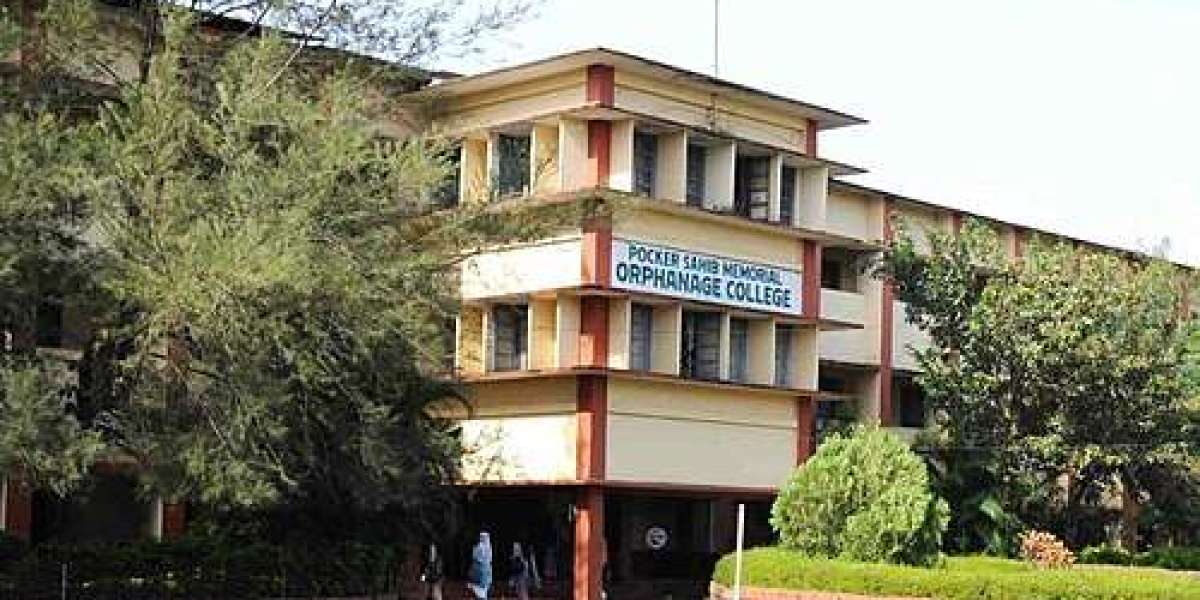Polling Infrastructure
In 2021, the constituency had 163 polling stations, up from 143 in 2016 and 124 in 2011. Booths are located in educational and community institutions such as:
Amal LPS Pantharangadi,
GLPS and GHSS schools at Edarikode & Tirurangadi,
PSMSO College campus,
Numerous madrassas and municipal halls in wards across Parappanangadi, Nannambra, and Thennala.
Voter turnout hovered around 74–77%, reflecting strong civic engagement.
Demographic & Cultural Features
Predominantly urban (86%), the constituency enjoys high literacy (~93.5–94%) and social diversity, with a strong Muslim-majority population (~85%). Historic Tirurangadi town, population around 56,600 (2011), dates back to freedom-movement roots and hosts the famous PSMO Orphanage & educational campus, renowned across Malabar.
Economic & Livelihood Patterns
Remittances (NRI income): Overseas employment—especially in Gulf countries—contributes substantially to household incomes across the constituency.
Trade & commerce: Retail markets, spice shops, timber yards, gold stores and logistics thrive in Parappanangadi and Tirurangadi towns.
Education & services: Institutions like PSMO College, vocational schools, hospitals, and government offices contribute formal employment.
Agriculture: Inland panchayats like Edarikode and Thennala cultivate coconut, banana, and small spices; less dominant than town commerce.
Blue economy: Minimal; coastal fishing and estuary trade are limited due to urbanization.
Socio-Economic Stratification
The majority fall into the middle-income bracket, sustained by remittance flows, local trade, and institutional jobs. A smaller fraction—comprising merchants, entrepreneurs, and expatriate returnees—occupy the higher-income category. Some marginal smallholders, daily-wage laborers, or coastal fishing families are below the poverty line, although high literacy and welfare support reduce hardship.
Recent Development & Infrastructure Initiatives
Polling readiness: Expansion to 163 polling stations improved electoral access, especially in upcountry wards.
Urban amenities: Improved municipal roads, lighting, sanitation in Tirurangadi and Parappanangadi, and civic upgrades in educational campuses.
Education expansion: Institutional strengthening at PSMO College, healthcare and vocational infrastructure ramp-up.
Connectivity: Better transport linkages to Calicut Airport (~21 km) and improved town–taluk roadways.
Community services: Health outreach, Ayurvedic health centres, digital literacy initiatives, especially benefiting peri-urban wards.
Tirurangadi Assembly Constituency epitomizes a coastal-urban district, where historic towns, education institutions, and diaspora-supported households shape its character. Anchored by a largely middle-income demographic, its economy blends trade, public services, and education. With upgraded polling infrastructure, civic amenities, and educational boosts, Tirurangadi continues moving toward inclusive and sustainable urban growth that reflects its rich cultural lineage and active citizenry







